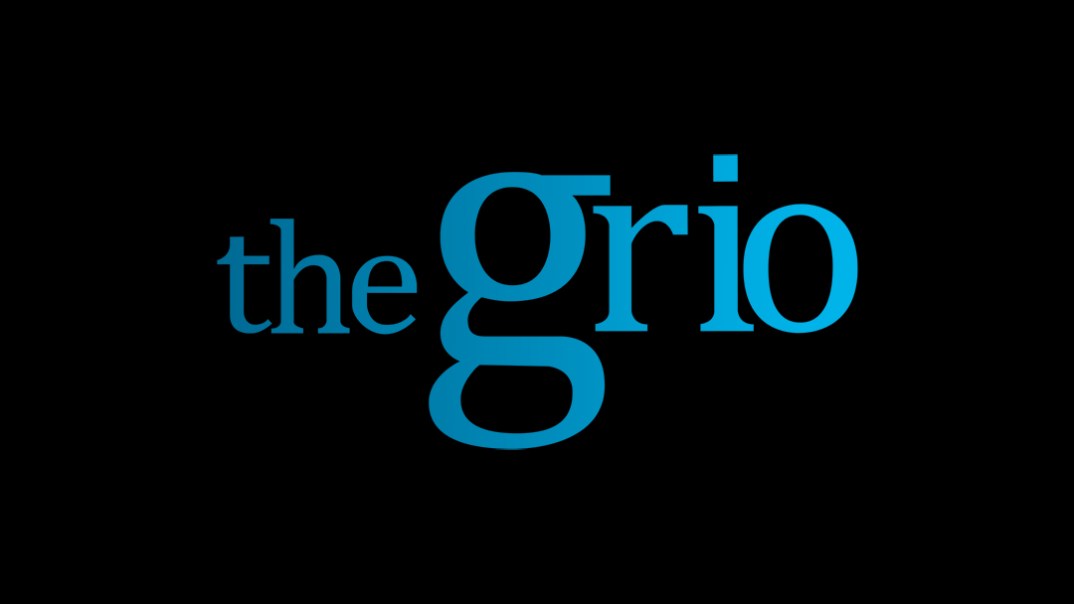Unemployment rate declines for first time in over a year
WASHINGTON (AP) -- U.S. employers throttled back on layoffs in July, cutting just 247,000 jobs, the fewest in a year, and the unemployment rate dipped to 9.4 percent, its first decline in 15 months.

JEANNINE AVERSA, AP Economics Writer
WASHINGTON (AP) — U.S. employers throttled back on layoffs in July, cutting just 247,000 jobs, the fewest in a year, and the unemployment rate dipped to 9.4 percent, its first decline in 15 months.
It was a better-than-expected showing that offered a strong signal that the country’s recession is finally ending.
The new snapshot, released by the Labor Department on Friday, also offered other encouraging news: workers’ hours nudged up after sinking to a record low in June, and paychecks grew after having fallen or flat lined in some cases.
To be sure, the report still indicates that the jobs market is on shaky ground. But the new figures were better than many analysts were expecting and offered welcomed improvements to a part of the economy that has been clobbered by the recession.
Analysts were forecasting job losses to slow to around 320,000 and the unemployment rate to tick up to 9.6 percent.
The dip in the unemployment rate — from June’s 9.5 percent — was the first since April 2008. One of the reasons the rate went down, however, was because hundreds of thousands of people left the labor force. Fewer people, though, did report being unemployed.
All told, there were 14.5 million Americans out of work in July.
If laid-off workers who have given up looking for new jobs or have settled for part-time work had been included, the unemployment rate would have been 16.3 percent in July. That’s down from 16.5 percent in June, which was the highest on records dating to 1994.
Since the recession began in December 2007, the U.S. economy has lost a net total of 6.7 million jobs.
Also heartening: job losses in May and June turned out to be less than previously reported. Employers sliced 303,000 positions in May, versus 322,000 previously logged. And, they cut 443,000 in June, compared with an earlier estimate of 467,000.
The job cuts made in July were the fewest since August 2008.
The slowdown in layoffs in part reflected fewer jobs cuts in manufacturing, construction, professional and business services and financial activities — areas that have been hard hit by the collapse of the housing market and the financial crisis. Retailers, however, cut more jobs in July.
Those losses were blunted by job gains in government, education and health services, and in leisure and hospitality.
Still, the worst of the job cuts have passed.
The deepest job cuts of the recession came in January, when 741,000 job disappeared, the most in any month since 1949.
Slower job losses are occurring because companies aren’t cutting investment and spending as drastically as they had been during the depths of the recession which came in the final quarter of last year and carried over into the first quarter of this year.
With companies feeling a bit better about the economy’s prospects and their own, they boosted workers’ hours in July. The average work week rose to 33.1 hours, after having fallen to 33 hours in June, the lowest on records dating to 1964.
And, employers bumped up wages. Average hourly earnings rose to $18.56 in July, up from $18.53 in June. Hourly earnings were stagnant in June. Average weekly earnings, which fell in June, rose to $614.34.
Other recent barometers have shown some improvements in manufacturing, housing and construction activity.
The government reported last week that the economy shrank at a pace of just 1 percent from April-to-June, the strongest signal yet that the recession may be ending.
Many analysts predict the economy could start growing again in the current July-to-September quarter. And, the Federal Reserve, the country’s central bank, recently observed that the economy is finally showing signs of stabilizing in some regions of the country, bolstering hopes of a broader-based recovery this year.
Even with the improvements, it will take time for the jobs market to fully heal.
The Federal Reserve has predicted the unemployment rate is likely to top 10 percent this year. Some Fed officials think it could rise as high as 10.6 percent in 2010. The post-World War II high was 10.8 percent at the end of 1982, when the country suffered through a severe recession.
An elevated unemployment rate could become a political liability for President Barack Obama when congressional elections are held next year. The last time the unemployment rate topped 10 percent, the party of the president — then Ronald Reagan’s Republican Party — lost 26 House seats in the midterm elections in 1982.
Obama has urged Americans to be patient and give time for his $787 billion stimulus package of tax cuts and increased government spending to take hold. Most of the money will flow in 2010.
When the economy is healthy, employers add a net total of around 125,000 jobs a month just to keep the unemployment rate stable. To get the jobless rate down to a more normal 5 percent range, it would take stronger job growth — of at least 200,000 jobs a month. Economists say it might take until 2013 to drive down the unemployment rate to 5 percent.
Copyright 2009 The Associated Press. All rights reserved. This material may not be published, broadcast, rewritten, or redistributed.
